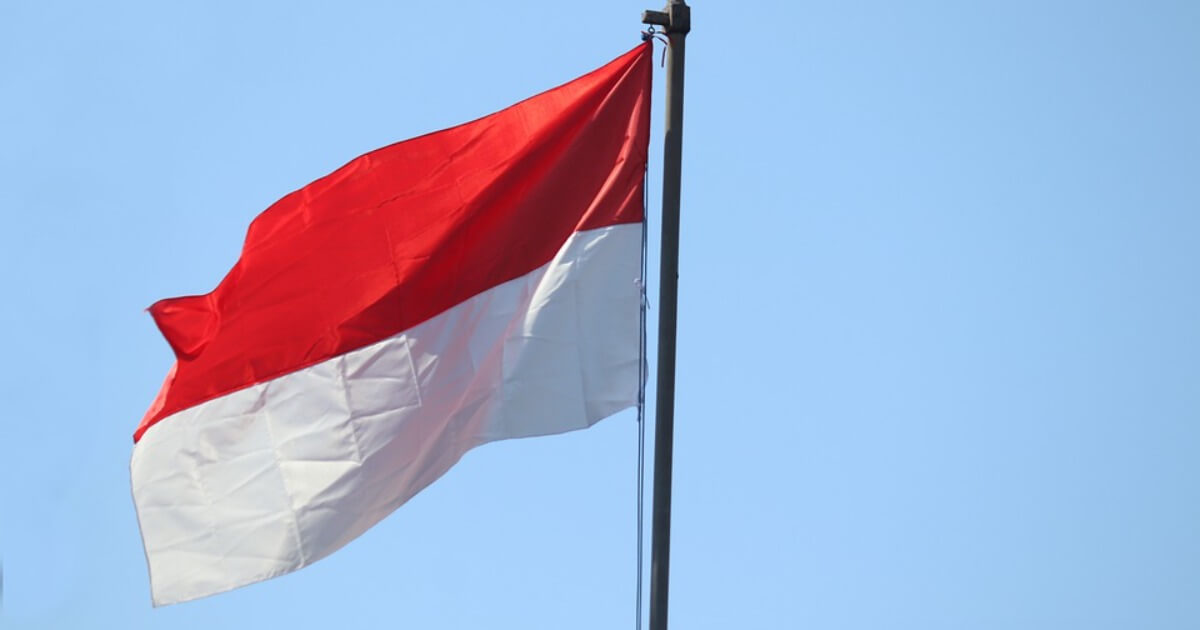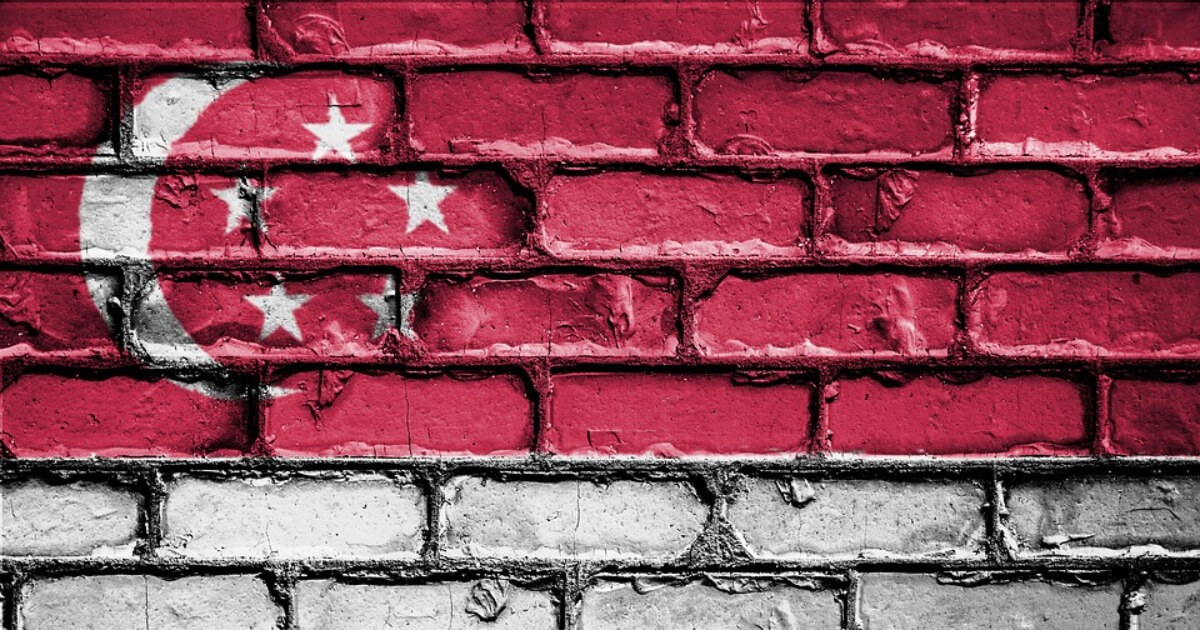China Vs. Indonesia: Intra-Asian Power Games
Beyond the constant strife with the U.S., China’s assertion of global powers runs into increasing resistance even by normally acquiescent Asian nations.
February 2, 2020

While President Trump bluffs and blusters in his “trade war” with China, a serious challenge to China’s strategic ambitions has surfaced within Asia itself.
Standing up to China can work
On January 8, the normally cautious Indonesian government ordered Indonesian naval vessels into the area and dispatched fighter planes to patrol it. In response, the Chinese fishing fleet is reported to have withdrawn.
This action occurred after repeated complaints that Chinese fishing vessels protected by its Coastguard vessels were constantly intruding into Indonesia’s Exclusive Economic Zone (EEZ).
The area in question is located off Indonesia’s Natuna islands in the south eastern part of the South China Sea. To underscore Indonesia’s sense of sovereignty, President Widodo himself had visited the islands.
China’s maritime imperialism
Predictably enough, China alleges that these waters, though nearly 1,000 miles from the Chinese mainland, have traditionally been fished by Chinese. The PRC also claims that the Indonesian waters fall within the infamous nine-dash line.
China uses it as a prop to legitimize its huge sea claims. That line is based on a curious combination of fictional history and China’s traditional disdain for supposedly tributary peoples.
Widodo emphasized that he was not trying to provoke China. Nor, he said, was there anything to negotiate with the Chinese. Indonesia’s rights to a 200-mile EEZ from its archipelago baseline are well established in international law.
Widodo has been encouraged to take a firmer stance than the norm for his country’s ever-so-polite diplomats by his chief of staff Moeldoko, former armed forces commander, and by Indonesia’s neighbouring countries.
Undoubtedly, this recent episode will not be the end of the matter. But it is the latest sign that the littoral states of the South China Sea are informally coordinating their efforts to check China’s claims to most of the sea.
They are acting fully within their rights, as the majority of the South China Sea falls within the Exclusive Economic Zones of Vietnam, the Philippines, Indonesia and Malaysia.
Malaysia also stepping up
In December 2019, Malaysia filed the specifics of a claim to the United Nations Commission on Limits of the Continental Shelf in respect of its EEZ between its Borneo coast and southeast Vietnam.
Asserting its rights in this regard was, in fact, nothing very new. Malaysia and Vietnam had jointly submitted an outline claim back in 2009. However, Beijing chose to respond sharply to this slight challenge to its maritime imperialism.
Malaysia’s timing was significant, coming shortly before January 1 when Vietnam assumed a one-year chairmanship of the Association of South East Asian Nations (ASEAN).
It may also have reflected the anger of Malaysian prime minister Mahathir Mohamad at the kowtowing to China pursued by his predecessor Najib Razak. The latter had sought Chinese money to bail-out the multi-billion dollar 1MDB scandal for which he is now standing trial.
Resistance fighter Vietnam
Of all the littoral nations in the South China Sea, Vietnam has been the most stalwart in resisting Chinese claims, sometimes with force.
Now, it will seek to use its ASEAN position to focus on the sea issue and the effort to agree a Code of Conduct which would provide some protection against China’s overwhelming force.
Such an effort has been under discussion for almost two decades and a code without specifics or a dispute resolution mechanism is almost meaningless.
China vs. ASEAN
China for its part keeps talking, but it has no intention of agreeing to anything which limits its demand that disputes be settled on a bilateral basis. As for ASEAN, the sad truth is that it can never reach a consensus. Cambodia and Laos are in China’s pocket and Myanmar and Thailand not engaged on the topic.
Thus, Vietnam’s hope must be to show the importance of joint action by the concerned members, perhaps issuing a separate declaration on the subject.
Philippines on the sidelines
Missing in action now is the Philippines. This current stance stands in marked contrast to its landmark victory over China at the Court of Arbitration in 2016.
The court not only rejected China’s presumably “historic” claims, but deemed that none of the islets and rocks in the sea was sufficient to support an EEZ claim. It thus left most of it to the EEZ’s of the littoral states.
Unfortunately, President Duterte declined to follow through on the victory. His likely motivation was Chinese money. While not formally abandoning Philippine rights, he remains reluctant to ruffle Chinese feathers as his neighbors have done.
The Philippine military has been unhappy with Duterte’s stance, but the president remains too popular for effective opposition to gel. The only good news is that the pro-China leanings of Duterte are unlikely to outlast him.
The ambiguous U.S. role
The ambiguous position of the United States is not helpful either. Trump’s neglect of the region and abandonment of the Trans-Pacific Partnership has seriously weakened its diplomatic pull, although quiet cooperation with many of the region’s military remains intact.
Conclusion
Indonesia’s engagement in pushing back against China’s maritime claims is a significant point of departure for the country. All the more so as it had long avoided the sea issue because it had no island disputes with China.
But by pushing its fishing boats so far from its shores, China has aroused the political will of Indonesia, Southeast Asia’s largest and potentially most anti-Chinese nation.
That this is happening at a time when the gloss is coming off China’s Belt and Road Initiative should give the Chinese reason for pause. Its constant attempt to put pecuniary lures before its maritime neighbors may not do the trick.
Takeaways
Indonesia and its neighbors are informally coordinating their efforts to check China’s claims to most of the South China Sea.
The sad truth is that ASEAN can never reach a consensus. Cambodia and Laos are in China’s pocket, and Myanmar and Thailand not engaged on the South China Sea topic.
By pushing its fishing boats so far from its shores, China has aroused the political will of Indonesia, Southeast Asia’s largest and potentially most anti-Chinese nation.
